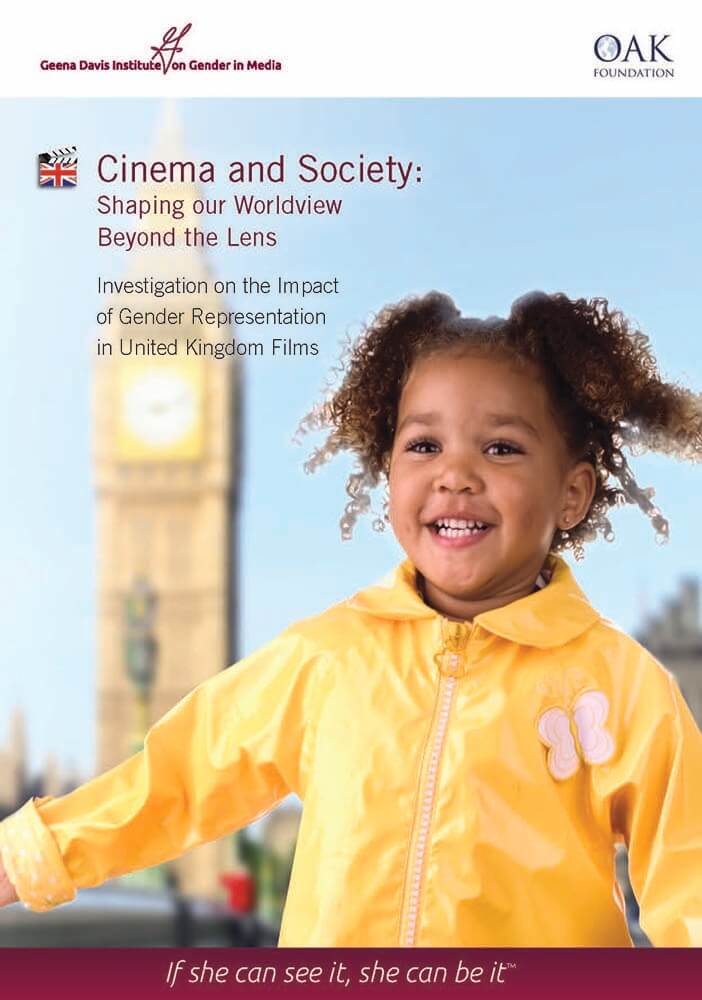Our comprehensive study, “Cinema and Society: The Impact of Gender Representation in UK Films,” delves into the nuanced perceptions of gender roles within British cinema. Through focus groups encompassing a diverse demographic spread, we explored how gender representations influence viewer perceptions and societal norms.
The study aimed to capture the complex effects of media on gender perceptions across various groups in the UK. Employing qualitative focus groups, the research provided rich, detailed insights into the public’s views on the portrayal of gender in films and its broader societal implications.
Key Findings
- Most participants believe that the professional aspirations of women and girls are not as limited by their gender as they were in the past. Still, many men and women in the U.K. think that the U.K. still has a long way to go before achieving true equality.
- Participants of all ages and gender say that the way they consume media has dramatically changed, such that new online streaming technologies, television, video games, movies, and videos are more accessible than ever before.
- There was wide agreement about women’s underrepresentation, and the gendered ways in which they are portrayed such that women are generally relegated to supporting roles.
- Participants agree that women who are shown in television, film, and other entertainment media tend to be young, thin, and sexy.
- Most participants seemed unfamiliar with the idea that the media children consume can have an effect on their ideas, expectations, or aspirations.
Recommendations
- Enhanced Representation of Women: Increase the presence and depth of female characters in films to reflect the actual societal contributions of women today.
- Diverse Family Portrayals: Media should depict a variety of family structures that mirror modern societal changes, including single-parent and same-sex parent families.
- Address Stereotypes: Actively challenge and reduce gender and racial stereotypes in film to foster a more inclusive media landscape.
- Youth Engagement and Education: Develop content that resonates with and educates young audiences about gender equality and diversity.

